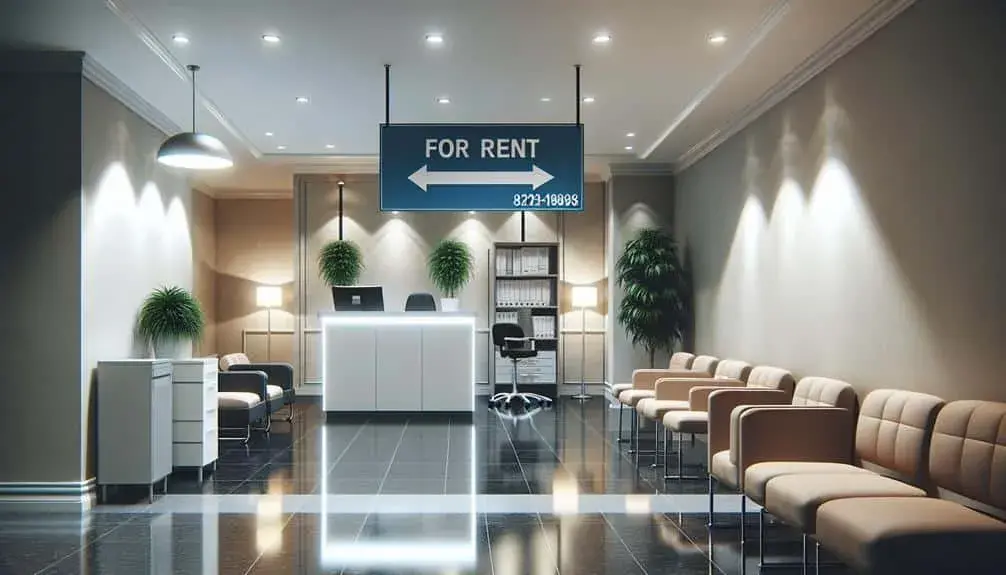Navigating the intricacies of the real estate market for medical office space can be a complex endeavor, even for the most seasoned professionals. The intersection of healthcare regulations, patient needs, and commercial real estate norms creates a unique set of circumstances that require a comprehensive understanding and careful evaluation. In the following discourse, we will dissect key aspects of property listings for medical office spaces, providing you with an insider’s perspective that will arm you with the tools necessary to make informed decisions. As we proceed, you’ll discover the nuances of this specialized sector and why a tailored approach is essential for those looking to rent medical office spaces.
Understanding Medical Office Space Market
One must comprehend that the market for medical office spaces is a specialized segment of the commercial real estate sector, characterized by its unique requirements, high demand, and distinct regulatory environment. The nuances of this market dictate a need for properties that not only meet stringent health and safety regulations, but also offer flexibility for various medical practices. This sector often experiences higher occupancy rates due to the steady demand driven by healthcare needs. Moreover, medical office spaces are subject to specific zoning laws and design standards, differentiating them from regular office spaces. As a potential investor or tenant, understanding these intricacies will allow you to navigate the market effectively, making decisions that contribute to your sense of belonging in this exclusive sector.
Evaluating Potential Rental Properties
In the realm of medical office rentals, diligent evaluation of potential properties is an essential step, requiring a keen understanding of specific needs, regulatory requirements, and the broader market dynamics. Knowing your practice’s unique needs, such as office size, layout, and location, is vital. Carefully consider regulatory norms, especially those related to patient privacy and accessibility. Additionally, understanding the market dynamics, including rental rates, supply-demand patterns, and trends, can provide a competitive advantage. Inspect the property thoroughly, assessing aspects like building condition, parking facilities, and nearby amenities. Lastly, consider how the property aligns with your long-term plans. Remember, a well-informed decision can significantly impact your practice’s growth and success.
Conclusion
In conclusion, navigating the medical office space rental market can resemble a complex labyrinth, demanding meticulous attention to detail and comprehensive market understanding. The potential for substantial returns can be maximized by carefully evaluating potential properties, understanding the intricacies of the medical office space market, and leveraging professional expertise. This strategic approach can yield significant dividends, transforming the intricate labyrinth into a roadmap to success.

